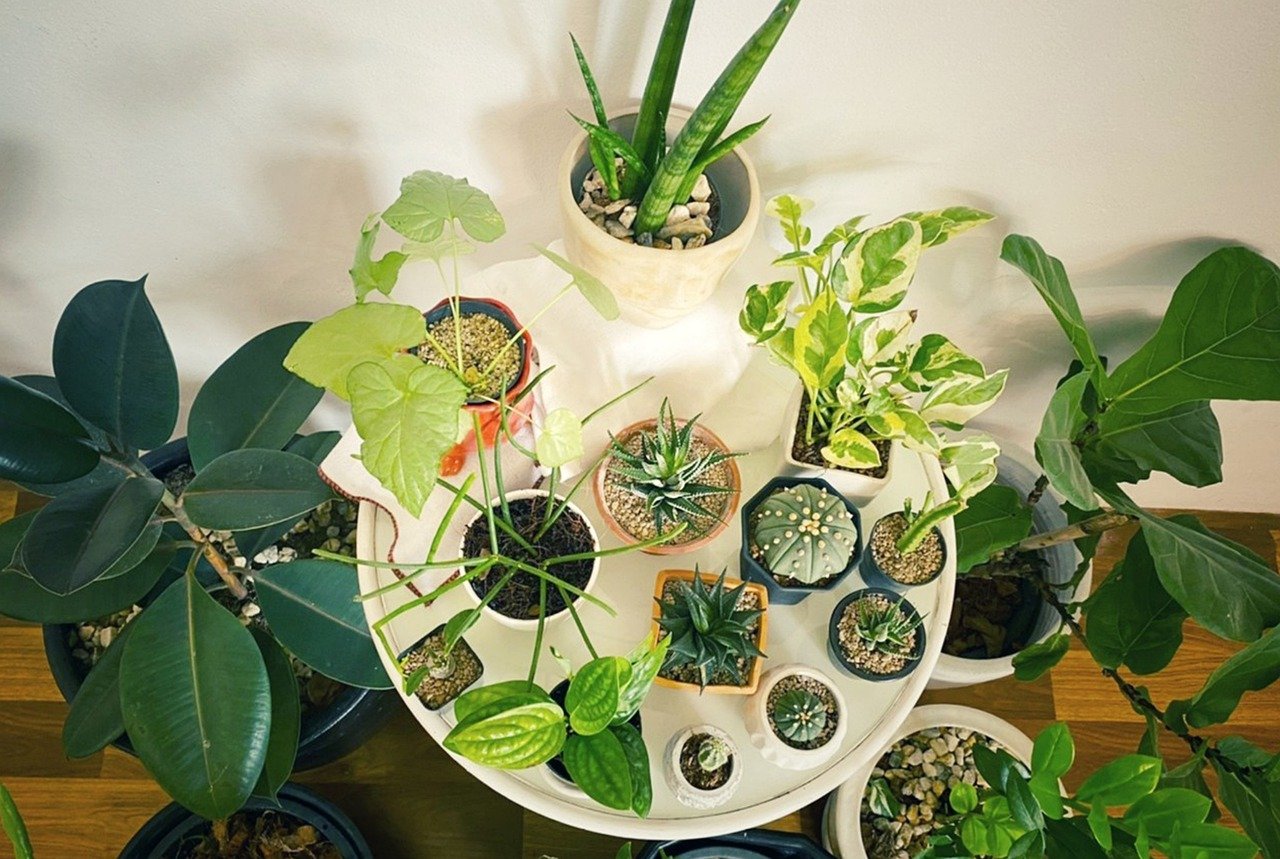Greenery has become a luxury in Nepal’s urban settlements as the cities are engulfed by concrete all over. Also, the houses are generally built in very limited space, hence they hardly have a place for a garden.
If you are also not blessed with some extra square feet for plants around your house, you may want to have some plants indoors. They not only decorate your house with greenery in a minimal space but also provide plenty of health benefits. Plus, you do not need to have green fingers to take care of these houseplants.
So, here is our recommendation list for you:
1. Money plant/Pothos
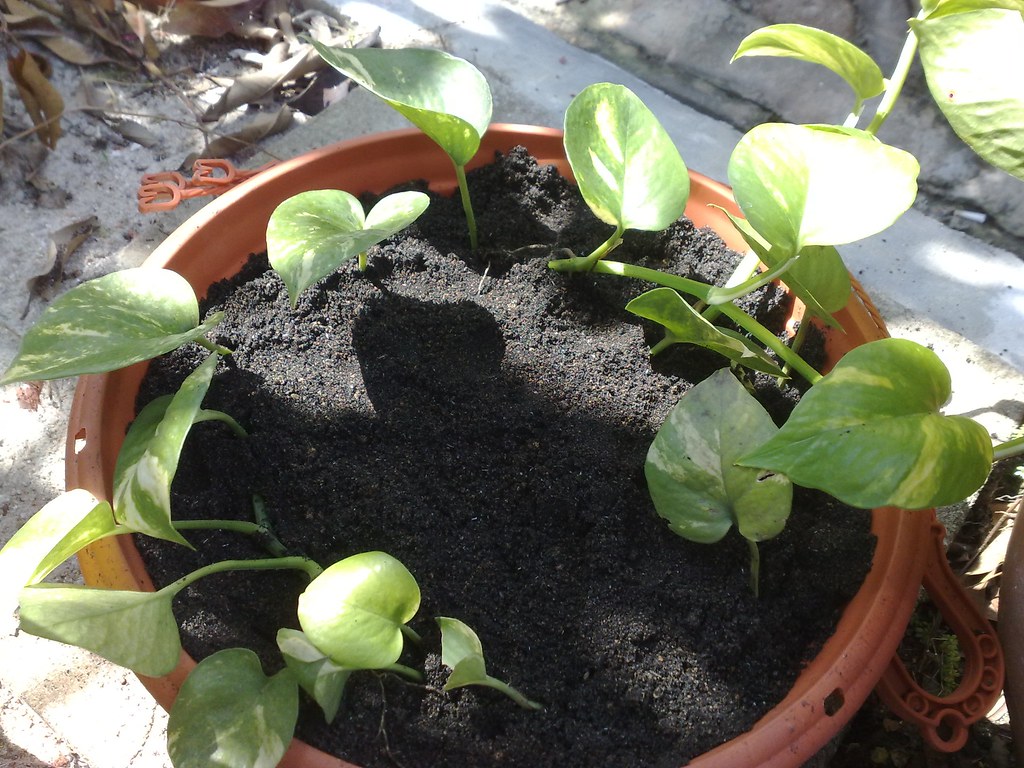
Pothos, commonly known as money plant in Nepali households, is a green and mustard variegated plant that is quite easy to grow and take care of. Pothos is also believed to purify the air by filtering harmful chemicals like toluene, benzene, and formaldehyde. Well-grown pothos is often associated with prosperity in Nepali houses.
Decorate your house with pothos, keep it to bright indirect sunlight and care for it with moderate watering.
2. Cactus

Cactus is a succulent perennial plant usually having spiny stems and no leaf. Cacti have nearly 2000 species and all of them look so classy, making them a perfect home decor plant. And, the bonus is that cactus is a low-maintained plant, which thrives in direct sunlight and only requires moderate watering.
Plant two or three varieties of cactus together to lighten up your house with its striking shapes and sizes.
3. Striped Cretan brake fern

The striped Cretan brake fern, also known as silver brake fern, is an evergreen fern having large, arching fronds, which has significant bands of silvery-white variegation. This plant is also very easy to maintain. All you have to do is to keep it in bright, indirect light and keep watering it to the extent that its soil never gets dry and be always moist.
4. Jade plant
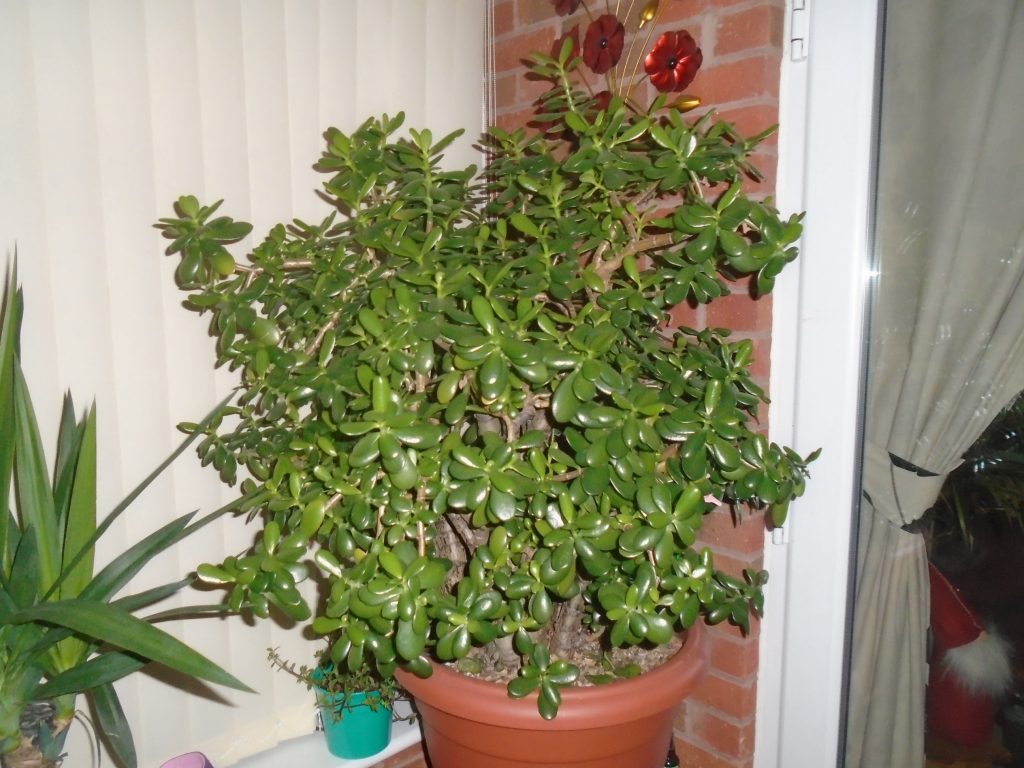
The jade plant looks like a miniature tree with thick, woody stems and fleshy oval-shaped leaves. This makes it a must-have indoor plant in your home.
And, it is not that difficult to grow and maintain this houseplant. But, you should never let the jade plant dry out; keep watering it properly and make sure you provide a medium level of light for some time daily.
5. Snake plant
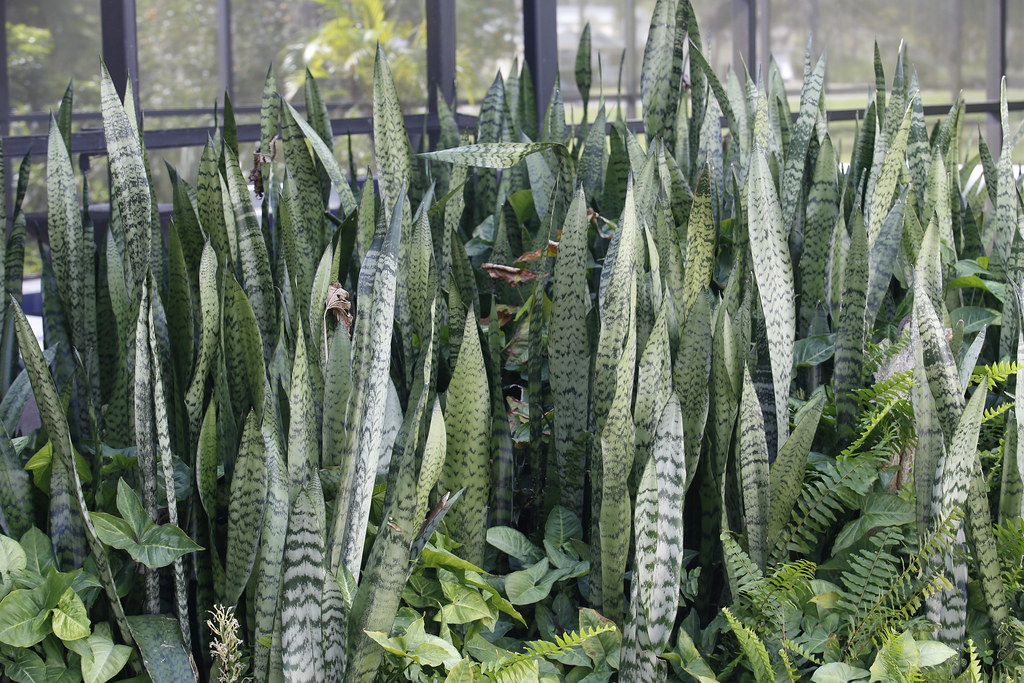
The snake plant is a succulent evergreen plant, having leaves with sword-like shape which grow upright. It looks beautiful and is also proven to have many health benefits such as purifying the air even at night and removing toxic pollutants such as benzene, trichloroethylene and formaldehyde. For this house plant to grow, indirect sunlight is best along with moderate watering when the soil gets fully dried.
6. Aloe vera
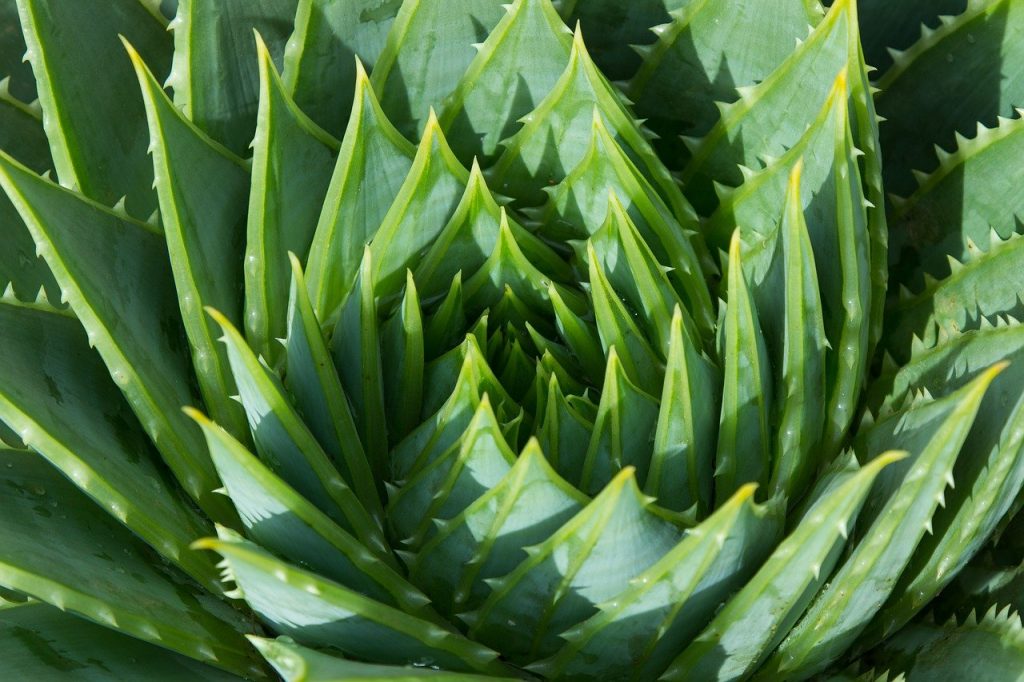
Aloe vera is an evergreen succulent plant having thick and fleshy leaves that has 95% water. Thus, you do not need to water it more in order to grow it. Also, this pretty plant has diverse health properties as it can cure sunburns, burns, tans, inflammation, digestive disorders, skin problems, hair problems and many more. You can just plant this houseplant and keep it under direct sunlight.
7. Rubber plant
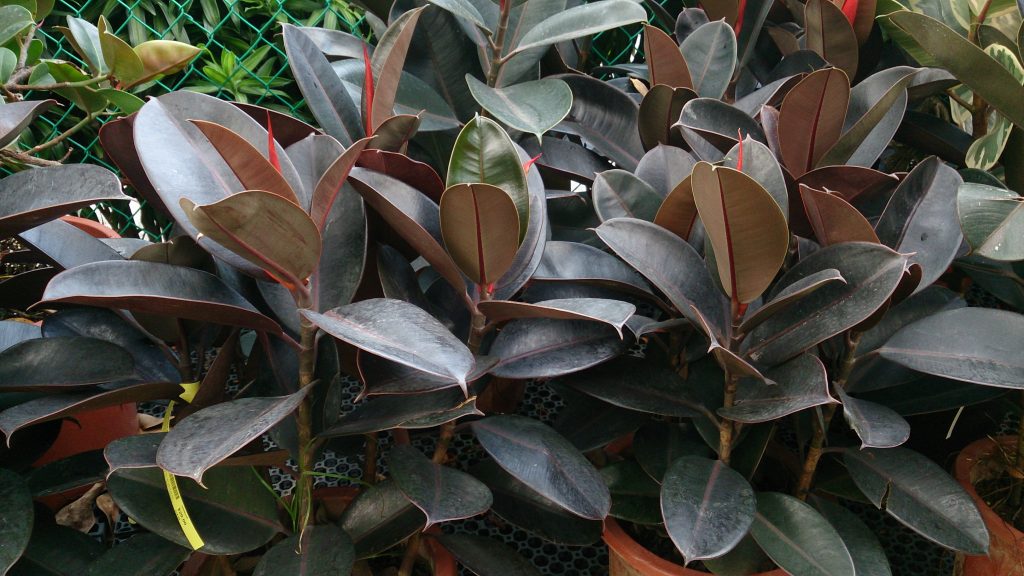
Rubber plant is a tropical evergreen tree that can grow up to 100 feet in its native homeland, but as a houseplant, it can grow six to 10-foot tall. It has large waxy, rubbery, oval leaves that are usually eight to 10-inch long. This boosts the beauty of your house. Like many other plants on this list, bright indirect sunlight is ideal for this indoor plant to grow. And, you need to water it only when the soil gets dry. This plant is also one of the best natural air purifiers.
8. Peace lily

Peace lily, also called a closet plant, is one of the popular indoor plants having dark green leaves and white flowers. It is also an excellent air cleaner. This plant is considered to produce oxygen at night and hence removes harmful pollutants like ammonia, benzene and formaldehyde.
It can be grown and nurtured very easily. You just have to keep it in medium to low sunlight and only water when the top of the soil gets dry.



